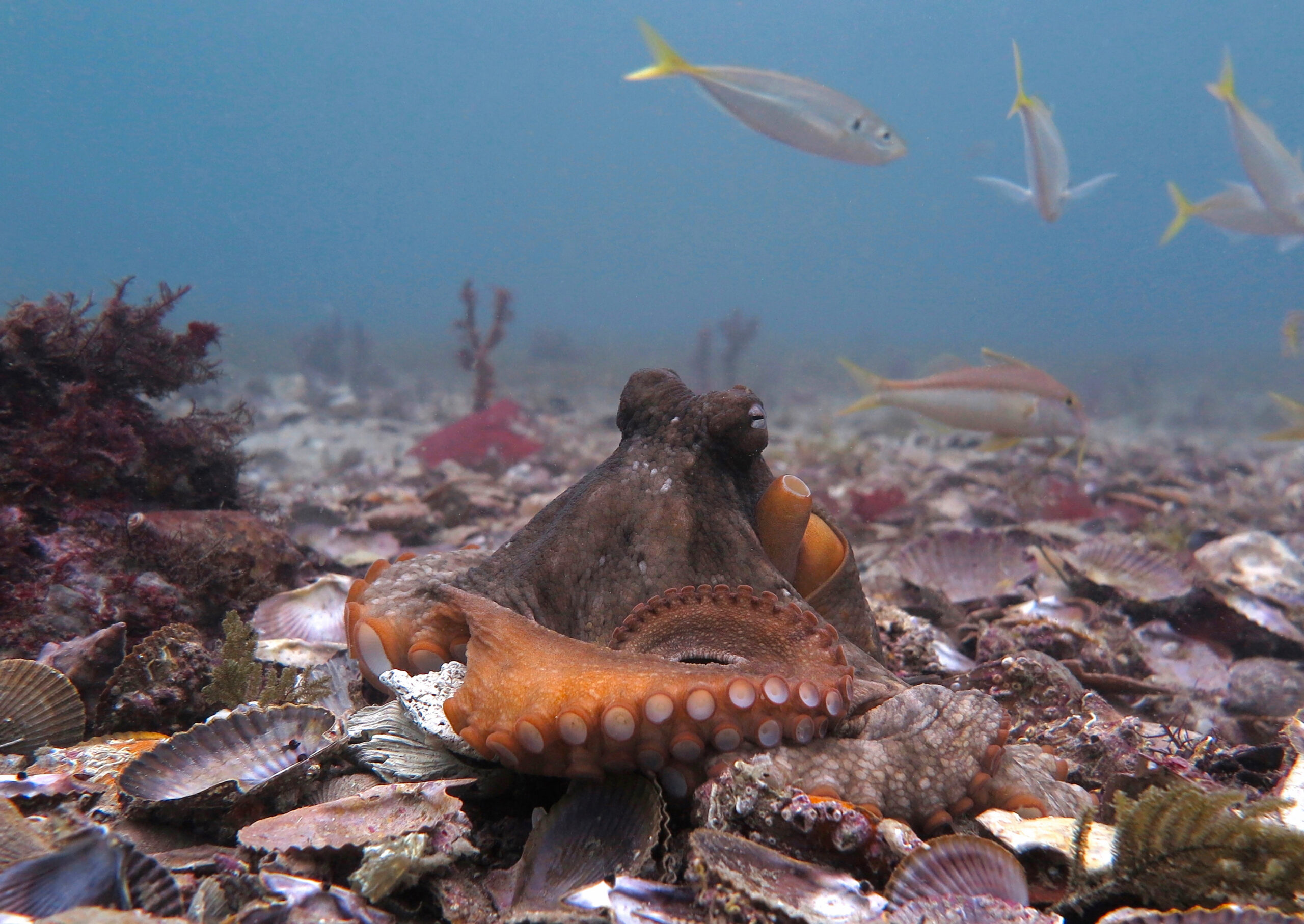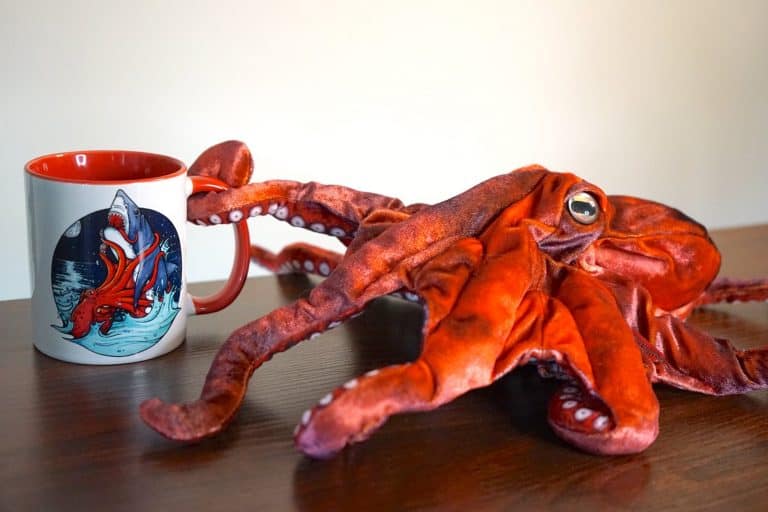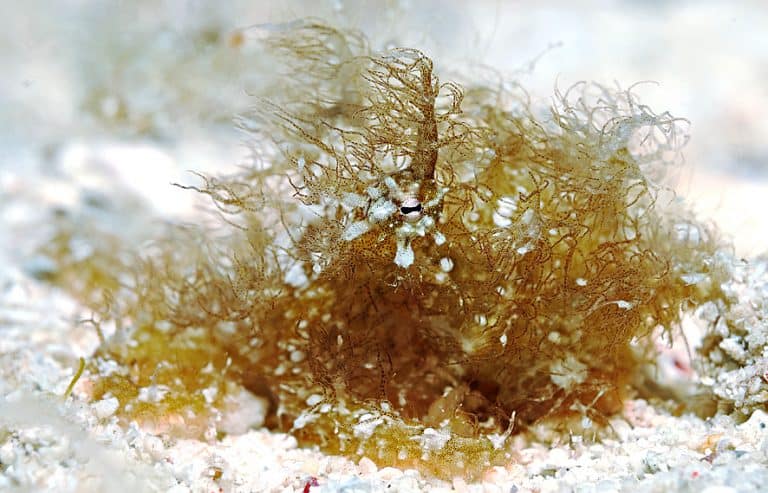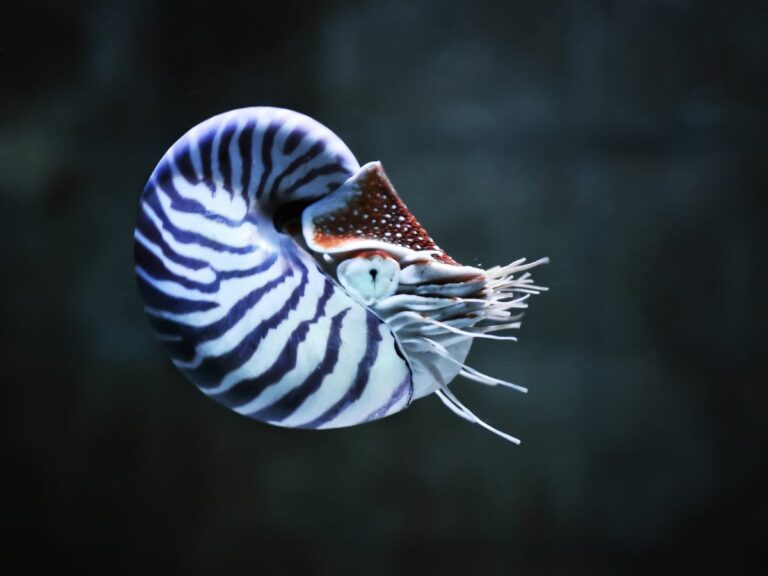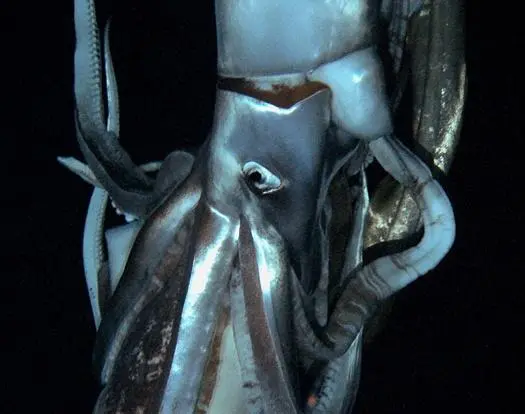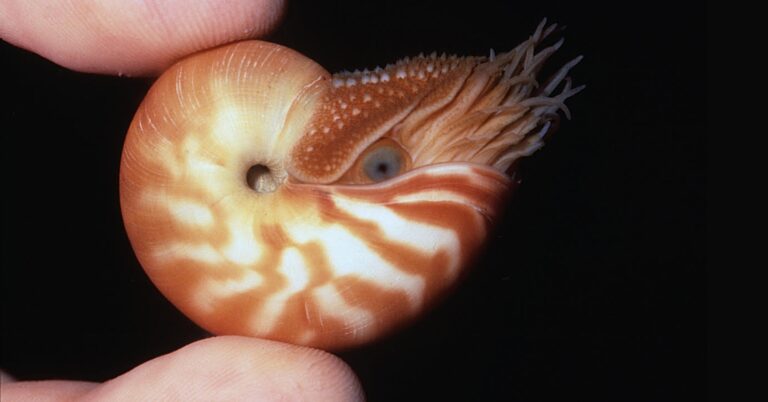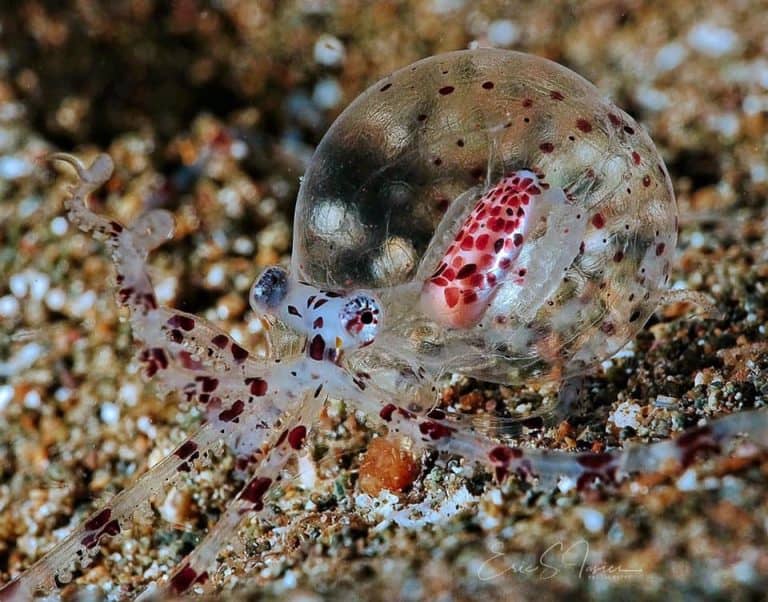Watch Out – That Octopus Is Throwing Things!
Flying projectiles! Home evictions! Yes, you’re still about to read a blog on octopus! Specifically, the Common Sydney Octopus who lives in the lawless underwater cities of Octopolis and Octlantis. This is where scientists recorded video footage of octopuses hurling seashells or clouds of silt at one another and attempt to take over each other’s dens. Yup, that’s right – an octopus throwing things!
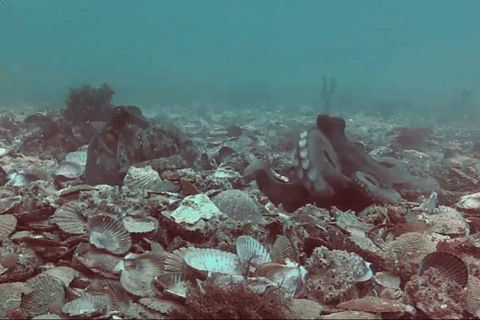
Notoriously solitary animals, the octopuses that reside in Octopolis and Octlantis live in close quarters. And well, this has resulted in a fair share of unneighborly issues…
Nope, no Shell Owners Association here!
Read on to learn about the brand-spanking new research documenting this OctoDrama fit for reality TV.
Meet the Common Sydney Octopus!
The Common Sydney Octopus (Octopus tetricus) is a moderately large and muscular octopus found along the coasts of Eastern Australia. It resides on rocky reefs at depths from 0 to 60 meters (197 ft).
They also go by the common name of Gloomy Octopus, easily recognized by their large sad-looking white eyes.
Like many octopuses, this may be a typically solitary species, but at Octopolis, the octopuses are neither lonely nor sad!
More like disgruntled and annoyed with their squishy neighbors…
Have you heard of Octopolis and Octlantis?
In Jervis Bay, Australia, two sites have been found to house a large number of octopus in a relatively small space. These have been referred to as Octopolis and Octlantis.
Octlantis has some rocks, but in Octopolis, residents make dens in piles of discarded scallop shells. Plus, their dens provide nearly the only suitable shelter in an otherwise open area of sandy seafloor.
Food is plentiful here, but real estate is not, which is how we found ourselves with an aggregation of anti-social octopuses who have learned to throw things at one another at the slightest irritation.
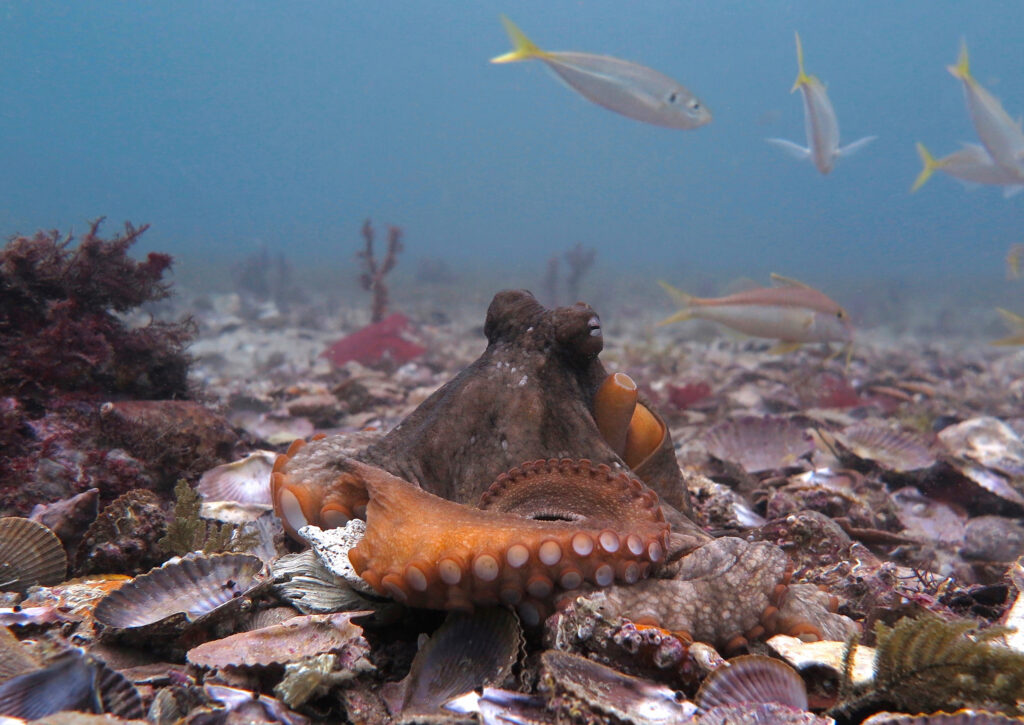
How can an octopus throw something?
When questioned why authors are referring to this behavior as a throw, Peter Godfrey-Smith commented on twitter, “Because of involvement of the arms. There’s no ideal English word, but it’s not a spit of material inside the body, or a siphon-blast directed on material lying around. The arms play a role. So we call it a jet-propelled throw. (Though we say in the paper: could equally be described as an arm-guided release of material propelled by the jet.)
Octopus getting into tussles isn’t new. Mating, cannibalism, and fighting are well-documented interactions between octopuses, however, they tend to be short-lived.
Gloomy Octopuses in Jarvis Bay have had to learn to live with one another. At times there is a great deal of jostling, interaction, and low-level interference. Still, there is surprisingly little violence, as the researchers have yet to record octopus wrestling that led to a visible injury.
While not exactly a peaceful and loving neighborhood, neither are these octopuses squaring off to dual to the death!
Being expert manipulators of objects, octopuses figured out how to shoot items through the water column. Yeah… an octopus throwing things – it’s true!
They do this by holding the object in their web between their arms and suckers and positioning the siphon under the mantle. Then, they forcefully blast water at whatever object they wish to throw. Imagine a leaf blower (the octopus siphon) and then collecting a pile of leaves (shells, debris, kelp) then WHOOSH the leaf blower turns on blasting the leaves away revealing a cleaner yard!
Or in the instance of the octopus, hundreds of suckers on their arms collect silt, algae, and shells, and then WHOOSH!
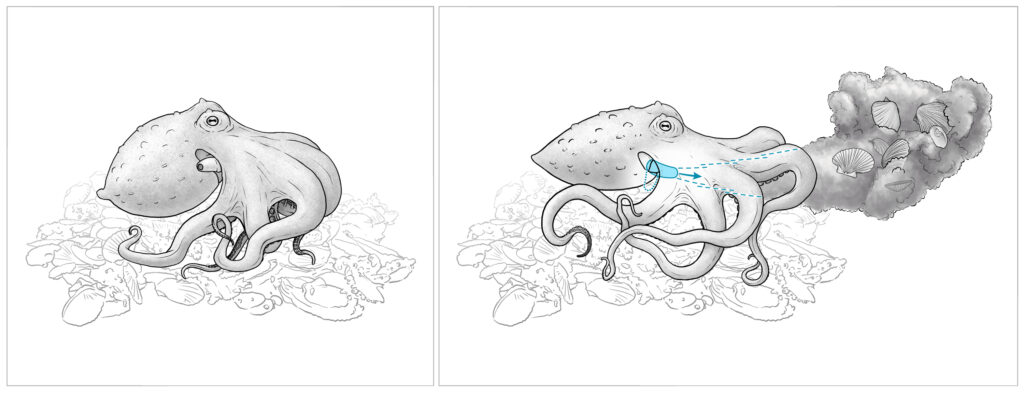
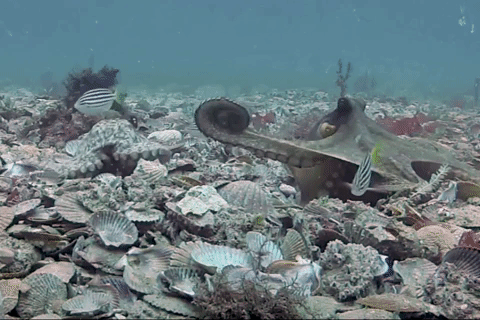
One forceful blow from their siphon propels everything toward their target. They essentially transform themselves into little missile launchers and use their jet propulsion superpowers to blast one another (or really anything in the line of fire) with debris.
🐙 Octopus Fun Fact
Octopuses aren’t the only ones who get debris flung at them. Scientists observed octopuses throwing debris at cameras that were placed too close to their dens. On two accounts, fish were hit! Yikes, take care before you pester a denning octopus!
Wait… was that octopus throw on purpose?
How do we know it’s a calculated attack? And, not just an octopus clearing away debris from their den (which many species of octopus do) and accidentally hitting their neighbor, camera, or unsuspecting fish swimming by?
This is what scientist Peter Godfrey-Smith and his team set out to uncover!
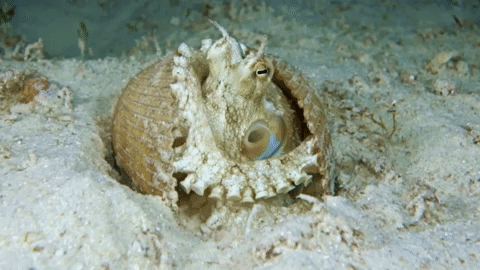
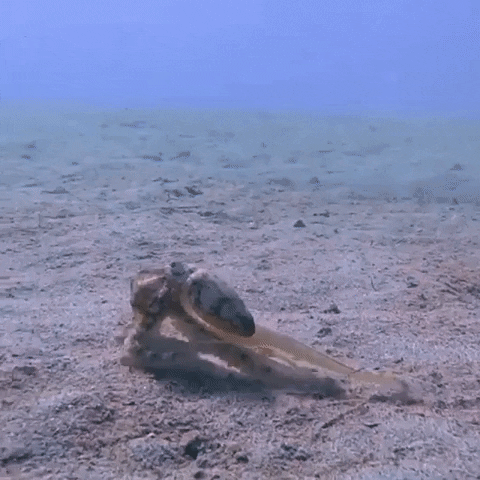
Throwing objects is rarely seen amongst animals. Even more uncommon: throwing with aim.
Only a handful of animals (chimps, capuchin monkeys, and dolphins) have been observed tossing objects at other members of their own species. But, now that we’ve seen an octopus throwing things, we can add the Gloomy, AKA the Common Sydney Octopus to the mix!
Not only do Gloomy Octopuses have a clear way in which they throw, but they also uniformly turn a dark color. And, silt seems to be their item of throwing choice. It would be like you scowling fiercely as you gather dirt into an air cannon and then unload it at your annoying neighbor. Or perhaps turning red-faced while hitting the ceiling of your apartment with a broomstick because your neighbors are too loud.
In addition, when the octopus saw a throw about to go down, it would respond by putting an arm up, ducking from the line of fire, or redirecting its movements to avoid a shell fragment to the face.
Clearly, they know what’s about to go down!
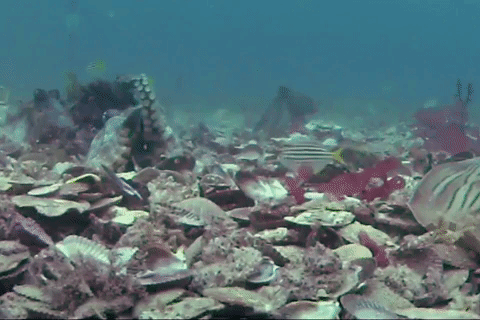
🐙 Octopus Fun Fact
This isn’t the first time octopuses have been observed making use of their arms for protection!
Ever heard about octopus ‘sucker-punching’ fish? Check out the video below! This type of interaction was filmed by scientist Eduardo Sampaio while he was researching hunting behavior in Day Octopus (Octopus cyanea).
Octopuses will sometimes temporarily team up with different fish species to hunt for food. This type of hunting party can help an octopus locate and trap prey, resulting in a greater chance of landing a meal.
While the Day Octopus seems happy enough to share its food with those fish that helped in the hunt, it has no time for thieving, biting little fish scrounging around looking for a free morsel.
Pretty handy to have 8 arms in these instances… a few for holding onto food and one free arm to swat at unhelpful and unwelcome fish! Hmph!
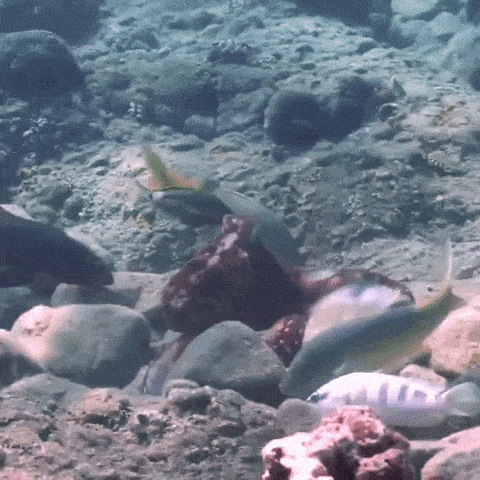
Okay, who did it? The female or male octopus?
In Octonation’s “Coolest Cephalopod Research of 2021”, we first mentioned the awesome (and hilarious) research to come out of Octopolis that seemed to show the female octopus were mostly the ones throwing things.
Their targets? Primarily males who were generally annoying about their eagerness to mate. They would either get hit by shells, or algae or blasted with a cloud of silt. It was a seemingly clear message… “No thank you to all of that, SIR”.
This take on the data, however, was not quite accurate. In the published report, the authors take care to explain more carefully, as the scientists want to set the record straight!
“The primary result we report in this new paper is support for the argument that throws are targeted at other octopus (both males and females) and can affect the target’s behavior.”
Octopus researcher, David Scheel
There are a higher number of females who make their home in Octopolis. So, the sex ratio on-site is already female-biased.
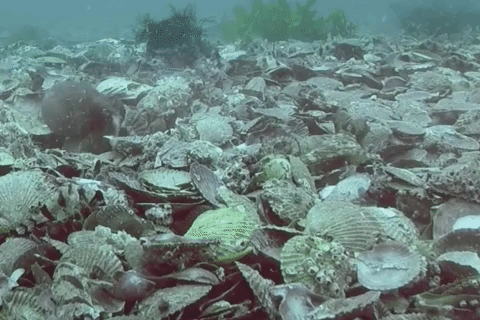
Octopolis: The best reality TV show of 2023 (WE WISH!)
An octopus throwing things and using tools and acting too smart for their own good seems to be a trend scientists keep picking up on the more they study these creatures. I can’t wait to see what other methods those grumpy Gloomy Octopus come up with to annoy one another in the coming years.
Personally, I’m hoping some TV show will pick this up! Make OCTOPOLIS the new site for a binge-worthy series all about these reclusive renegades & their underwater settlements!
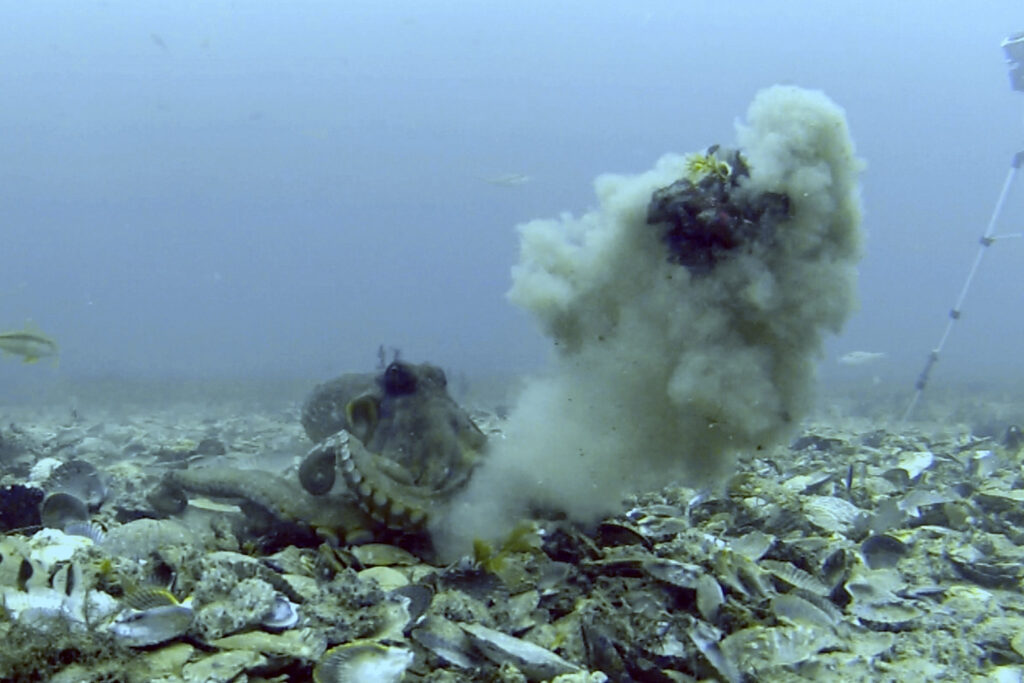
If you want to educate yourself some more about all sorts of different cephalopods, take a look at our encyclopedia. Or, what we call it, our Octopedia!
Connect with other octopus lovers via the OctoNation Facebook group, OctopusFanClub.com! Make sure to follow us on Facebook and Instagram to keep up to date with the conservation, education, and ongoing research of cephalopods.
Obsessed with all things octo? Visit our Shop!
Check out our shop and fill your cart up with the coolest, most entertaining octopus stickers you’ve ever seen! Can you tell we are obceph’d?
Your purchases help keep our science writers writing & allow us to create even more content! Check out all the latest designs by clicking the photo below!
✨SHOP NOW✨
👇
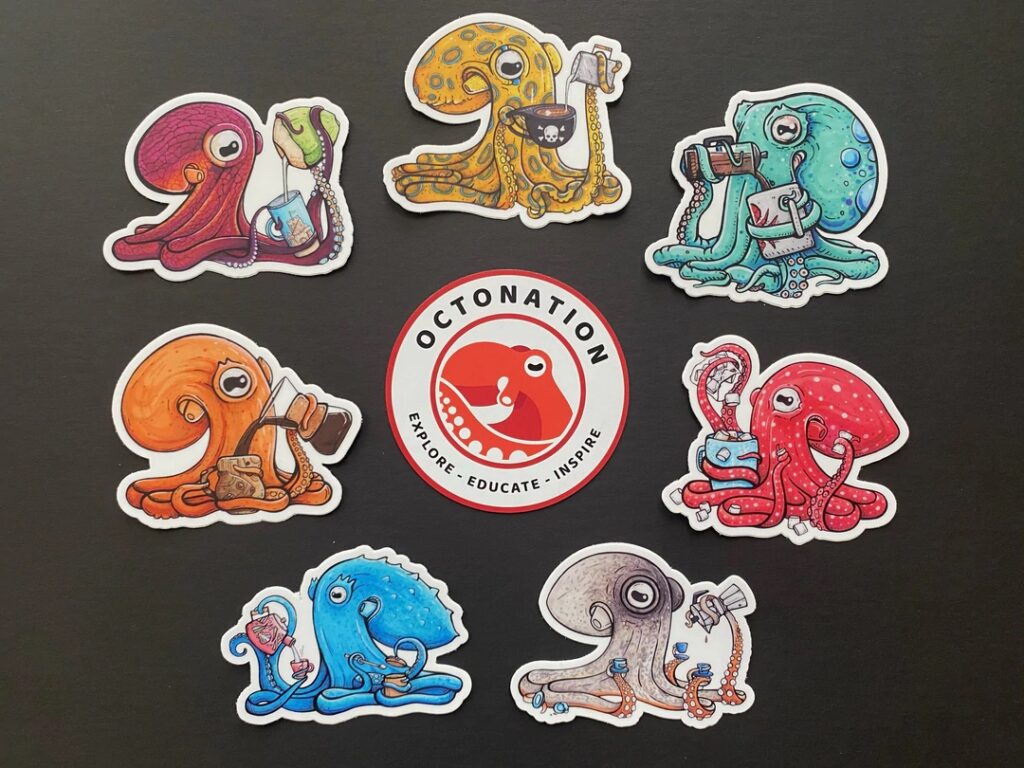
References:
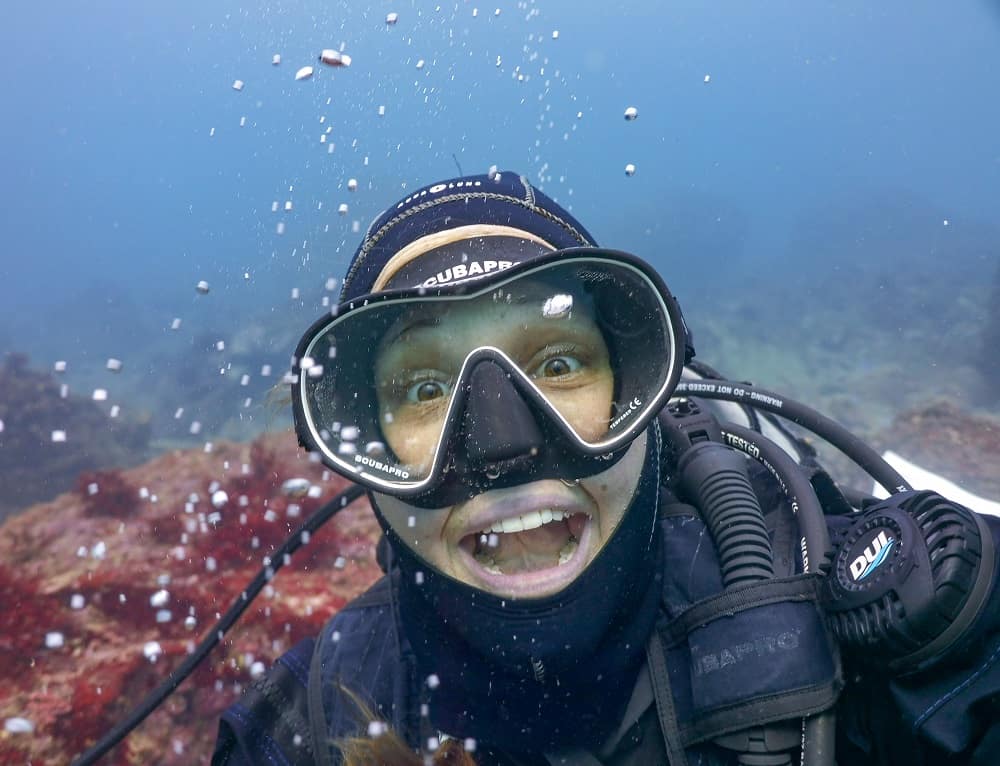
Corinne is a biologist with 10 years of experience in the fields of marine and wildlife biology. She has a Master’s degree in marine science from the University of Auckland and throughout her career has worked on multiple international marine conservation projects as an environmental consultant. She is an avid scuba diver, underwater photographer, and loves to share random facts about sea creatures with anyone who will listen. Based in Japan, Corinne currently works in medical research and scientific freelance writing!
